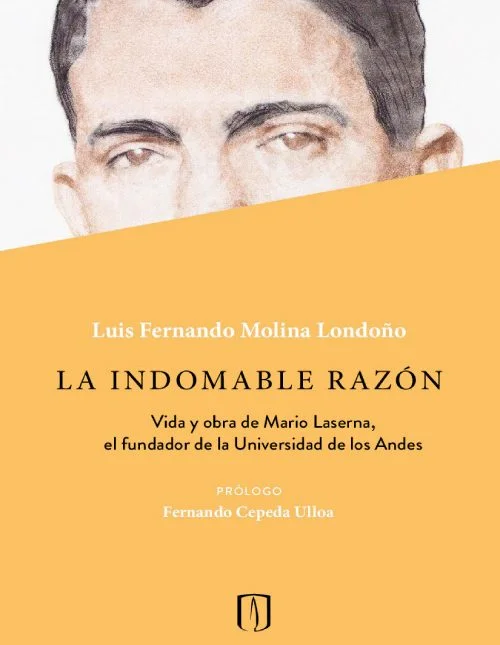Entre las fortalezas del volumen se destaca la participación de expertos en ciencias sociales, tanto latinoamericanos como europeos, que han mostrado la conveniencia del matrimonio de las disciplinas históricas con estas ciencias y, de paso, cómo la historiografía también padece las crisis de las ciencias sociales frente a la desaparición o el cuestionamiento radical de paradigmas que hace unos treinta años aún reclamaba pertinencia. En todo caso, este cumple con el propósito de ofrecer una visión fresca, antidogmática, pluralista, inclusiva, de las facetas de la vida latinoamericana, en la perspectiva a largo plazo, propia de la historia. Este texto tiene tres partes principales: la primera, contempla los aspectos sociales y económicos, la segunda, enfoca la política en sus varias facetas y connotaciones; y, la tercera, cuatro capítulos, uno dedicado a los estilos de vida, otro a las artes plásticas, el tercero a la literatura y, el cuarto, al medio ambiente y la ecología.
Among the strengths of the volume is the participation of experts in social sciences, both Latin American and European, who have shown the convenience of the marriage of historical disciplines with these sciences and, incidentally, how historiography also suffers the crises of the social sciences in the face of the disappearance or radical questioning of paradigms that some thirty years ago still claimed relevance. In any case, it fulfills the purpose of offering a fresh, antidogmatic, pluralistic, inclusive vision of the facets of Latin American life, in the long-term perspective, typical of history. This text has three main parts: the first, contemplates the social and economic aspects, the second, focuses on politics in its various facets and connotations; and, the third, four chapters, one dedicated to lifestyles, another to the visual arts, the third to literature, and the fourth to the environment and ecology.



